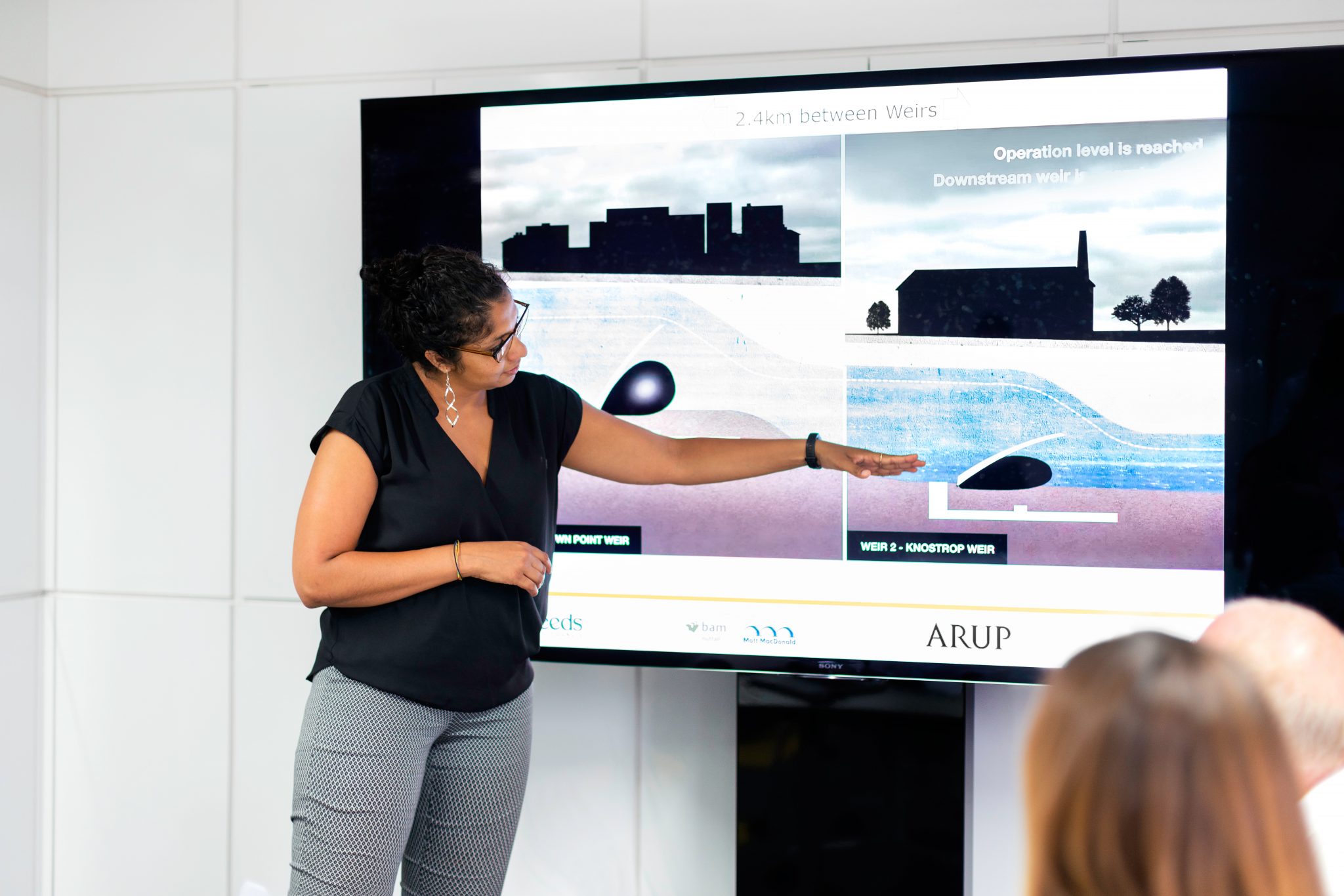
Articles
Editor’s Picks
K-12
Working Paper Finds Online Credit Recovery Courses Lead to Higher Graduation Rates, But There’s a Catch
By Henry Kronk
June 03, 2019
Spurred largely by aspects of No Child Left Behind (NCLB), the use of online credit recovery courses has exploded in many U.S. districts. Provided mostly by for-profit vendors, they allow students who fail courses to make them up—often on a much shorter schedule and at their convenience. Two researchers from Vanderbilt University, Professor Carolyn Heinrich and PhD candidate Jennifer Darling-Aduana, have been investigating the use of online credit recovery courses at an urban Midwestern school district since the 2010-11 school year. They have recently put out a working paper describing their findings.
Heinrich’s and Darling-Aduana’s research is ongoing. But analysis of students’ academic achievement (GPA and standardized testing), rates of high school graduation and college enrollment, and interviews with numerous teachers across the district reveal that there is an inherent contradiction currently at work in online credit recovery courses. While they appear to increase high school graduation and college enrollment, they also lead to poorer academic performance.
What’s more, previous research suggests that online credit recovery courses aren’t just less-than-ideal; they’re worse than face-to-face credit recovery options. Other researchers have asked, as the authors write, “is a credit a credit, no matter how it is attained, or should we be concerned about whether shunting students into credit recovery reduces their quality of learning opportunities and later outcomes?”
Taking Online Credit Recovery Courses Bump Graduation Rates, Often by 13%
Due to the nature of their study, however, the researchers did not directly compare the learning outcomes of online course takers against a control group. They instead focused primarily on the outcomes of online course taking.
The researchers discovered that students taking advantage of the online credit recovery courses corresponded to an increased high school graduation rate typically in the range of 13%.
Furthermore, “we do find some statistically significant, positive associations between high school online course-taking and college enrollment, with estimated increases in (2- year or 4-year) college enrollment of about 2.5 percent,” Heinrich and Darling-Aduana write. “In this regard, online course-taking that increases the likelihood of graduation may be opening the door for students to postsecondary education opportunities that they might not have otherwise had.”
The researchers did also find that taking online credit recovery courses had a slightly negative effect on students’ standardized test scores. These negative effects tended to be statistically insignificant.
New Institutionalism
The researchers describe online credit recovery courses as a product of “new institutionalism.” They write, “Scholars bringing this theory to their investigations of educational organization and practice call attention to important changes in the political and social environments of public schools that have spurred demands for increased accountability for student outcomes, while reducing confidence in the public sector to deliver on them.”
As such, these courses offered by for-profit vendors provide an “efficient technical solution” to the issue of high school graduation.
“Our analysis suggests an almost mechanical relationship that works mainly for upper classmen, who are able to replace failed courses with credits earned more quickly—an increase of approximately 0.4-0.6 credits in a given year—and more cost-efficiently online,” Heinrich and Darling-Aduana write.
There are negative and positive aspects of this solution: “we have also found increasing proportions of students taking and passing online course pre-tests—which allow students to ‘test out of’ and bypass some or all parts of online course instruction (and thereby complete courses in fewer sessions)—rising from about one-quarter of students in the first years of online course-taking to about two-thirds of students in recent school years.”
This practice, however, is “ incompatible … with the move toward a more “holistic” evaluation of school quality and student success under ESSA.”
Featured Image: Scott Webb, Unsplash.









[…] Read the full story by eLearningInside News […]
[…] Continue reading the article here […]
[…] Continue reading the article here […]